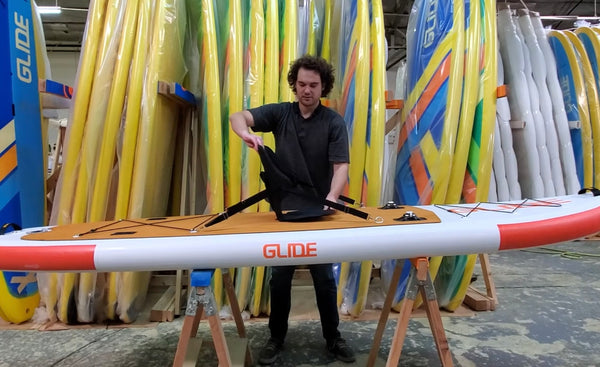
The Evolution of Paddle Boarding: Embracing the Kayak Seat
Stand-Up Paddleboarding (SUP) has seen a meteoric rise in popularity, evolving from a niche sport to a global phenomenon. One of the most intriguing developments in the world of SUP is the integration of kayak seats into paddle boards. Initially, this concept might seem counterintuitive—after all, isn't the essence of SUP to stand? Yet, as we've delved deeper at Glide SUP, we've discovered a multitude of reasons that make the kayak seat not just a novelty, but a valuable addition to paddle boarding.
Transforming SUP into a Kayak: How and Why
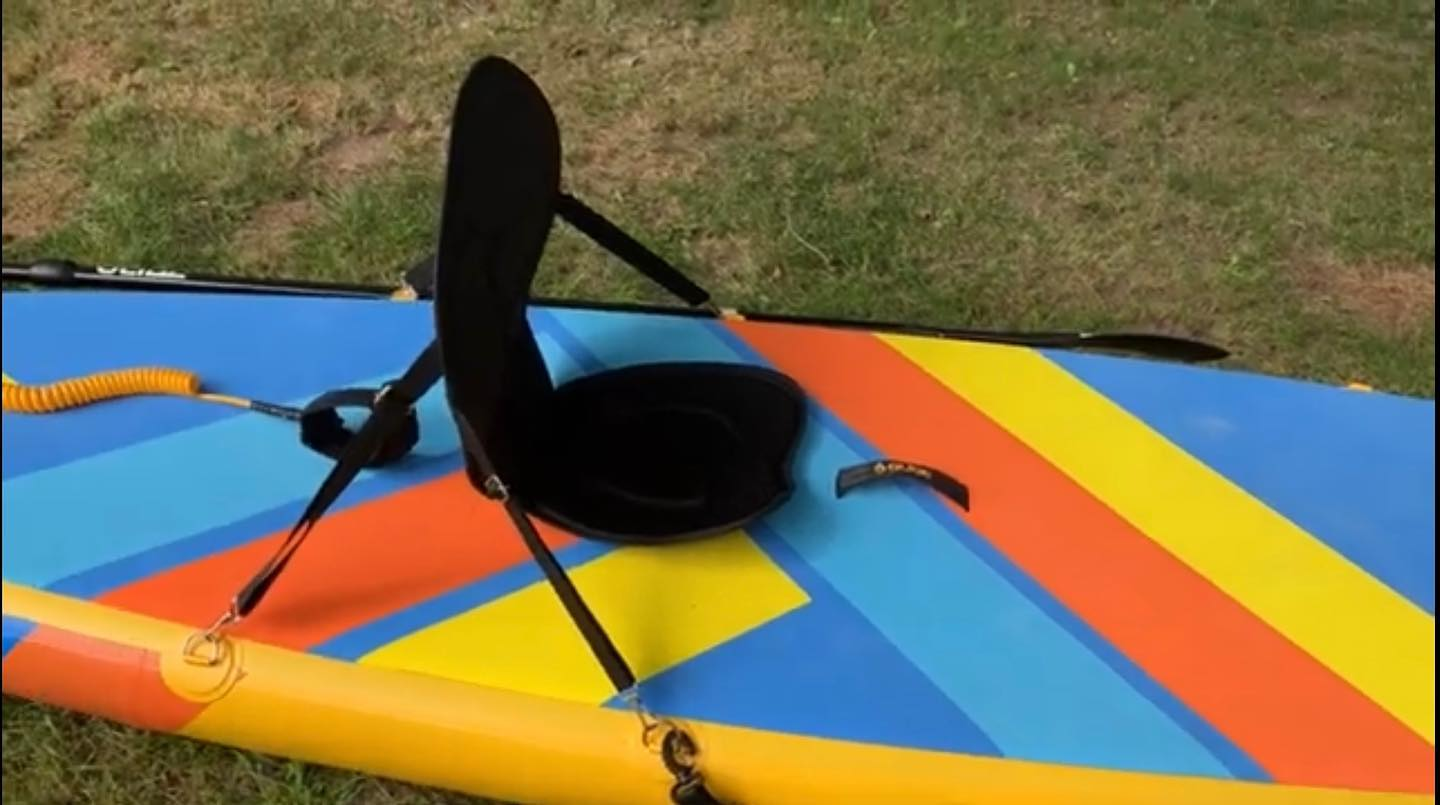
Can You Turn a Paddle Board into a Kayak? Absolutely! The adaptability is primarily possible with inflatable paddle boards, thanks to their D-rings positioned around the deck pad for easy attachment of kayak seats. This flexibility is further enhanced with kayak conversion kits that transform your SUP paddle into a dual-purpose kayak paddle, offering the best of both worlds.
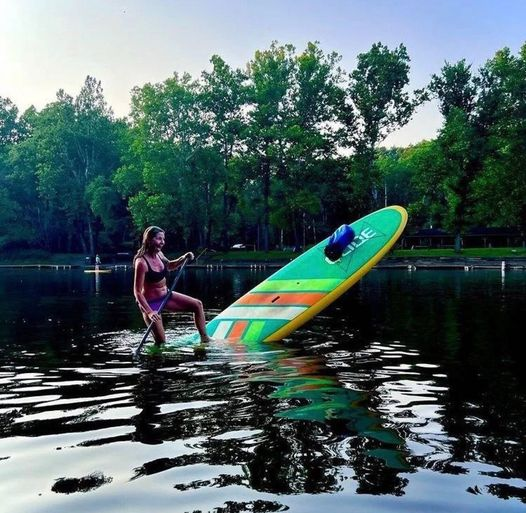
Understanding Kayak Seats A kayak seat on a paddle board is designed for comfort and balance. Available in styles ranging from inflatable to molded seats, they cater to various preferences, providing either enhanced comfort or superior support. For beginners, a kayak seat can offer a stable and reassuring introduction to paddleboarding, easing the learning curve.
Why Add a Kayak Seat to Your SUP?
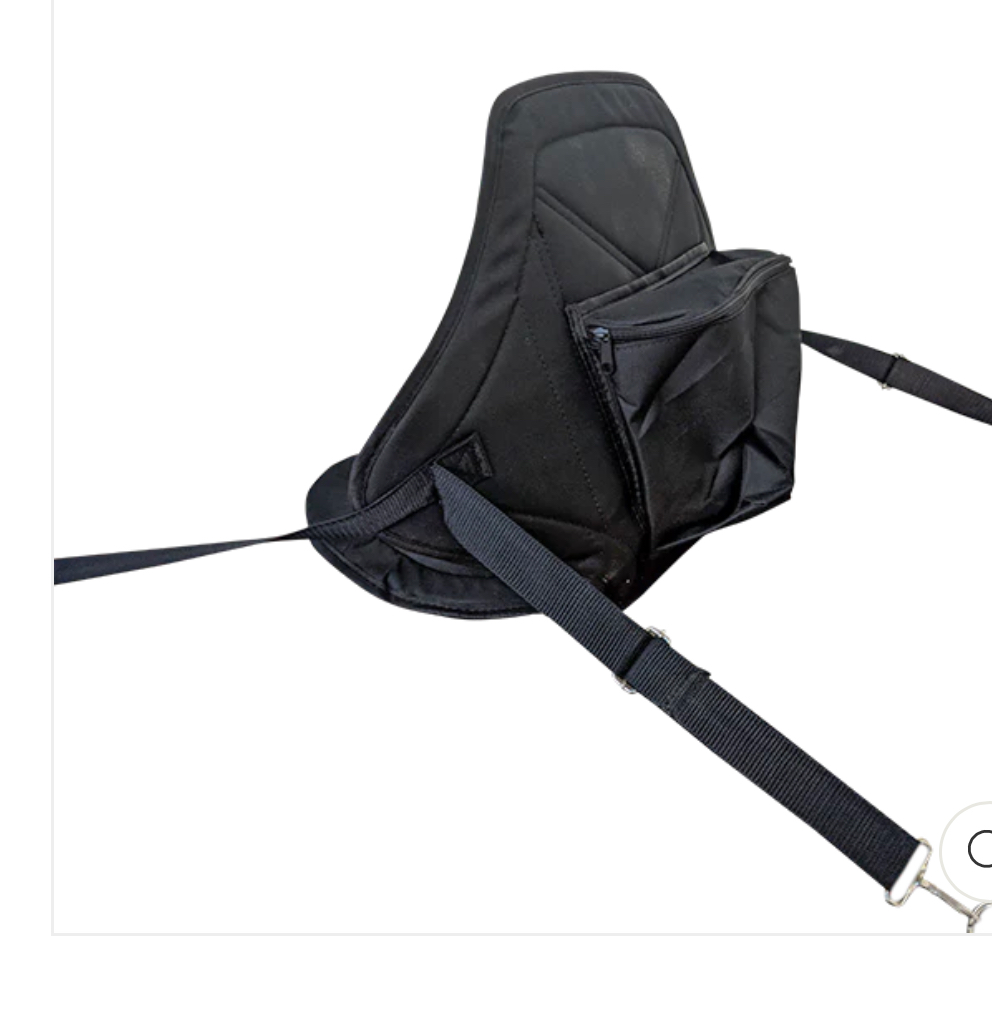
The reasons are as varied as the paddlers themselves. For some, the allure lies in the ability to switch between standing and sitting, particularly in challenging conditions like ocean chop. Others find the seated position more comfortable for long-distance journeys or when fatigue sets in.
The Cost of Comfort Pricing for kayak seats varies, with most ranging from $42 to $150. At Glide, we include a high-quality, form-fitting kayak seat with our inflatable paddle boards at no extra cost, enhancing value and enjoyment.
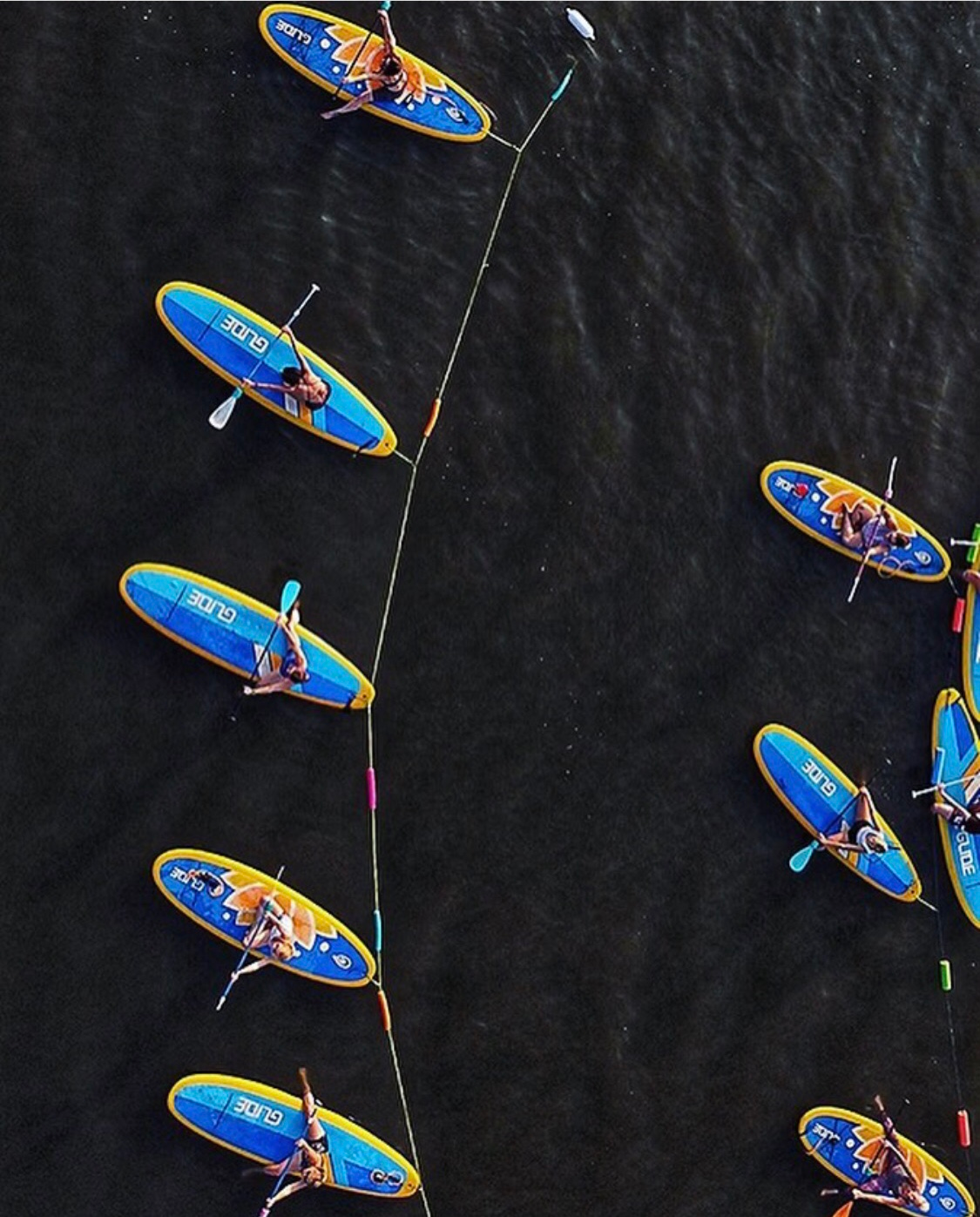
Benefits of a Paddle Board Kayak Seat
- Comfort for Longer Paddles: Sitting allows for extended paddle sessions without the fatigue associated with standing.
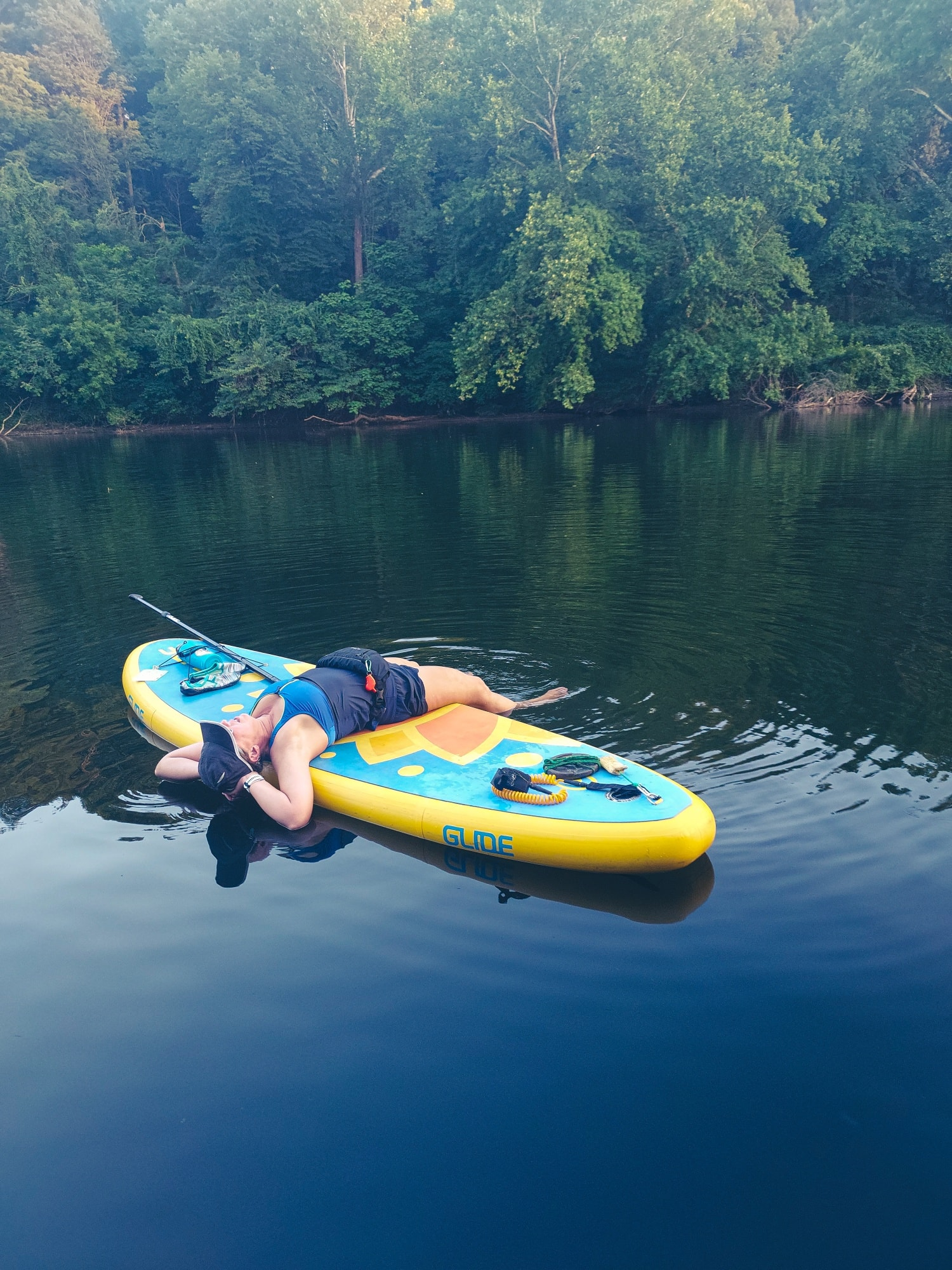
Back Support: Crucial for preventing discomfort and pain, especially on longer adventures.

Dryness: Being seated raises you above the waterline, keeping you dry and warm.

Speed and Efficiency: Utilizing leg power in a seated position can contribute to faster and more efficient paddling.
Social and Family Friendly: Sitting makes conversation and interaction easier, enhancing the group paddling experience.
Limitations to Consider
Limitations to Consider Despite their advantages, kayak seats may not suit everyone. Some find them uncomfortable over long periods, or less effective in choppy conditions. Cost can also be a barrier, although the benefits often outweigh the investment.
How to install a kayak seat
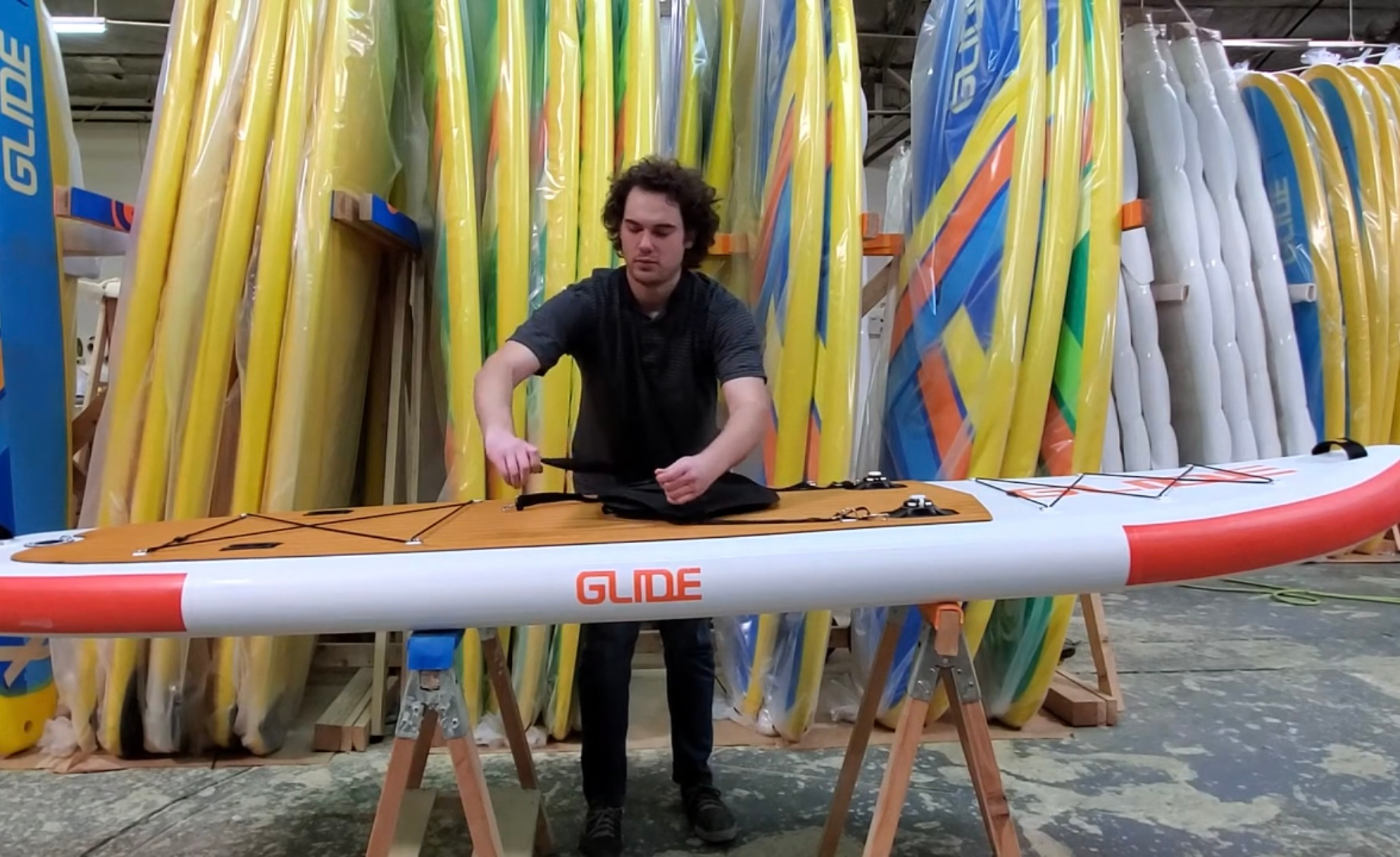
Installation Made Easy Attaching a kayak seat to your SUP is straightforward. The process involves positioning the seat, attaching hooks to the D-rings, and adjusting the straps for stability and comfort. This simple modification can significantly enhance your paddling experience. If you would prefer to watch a video, we have one here.
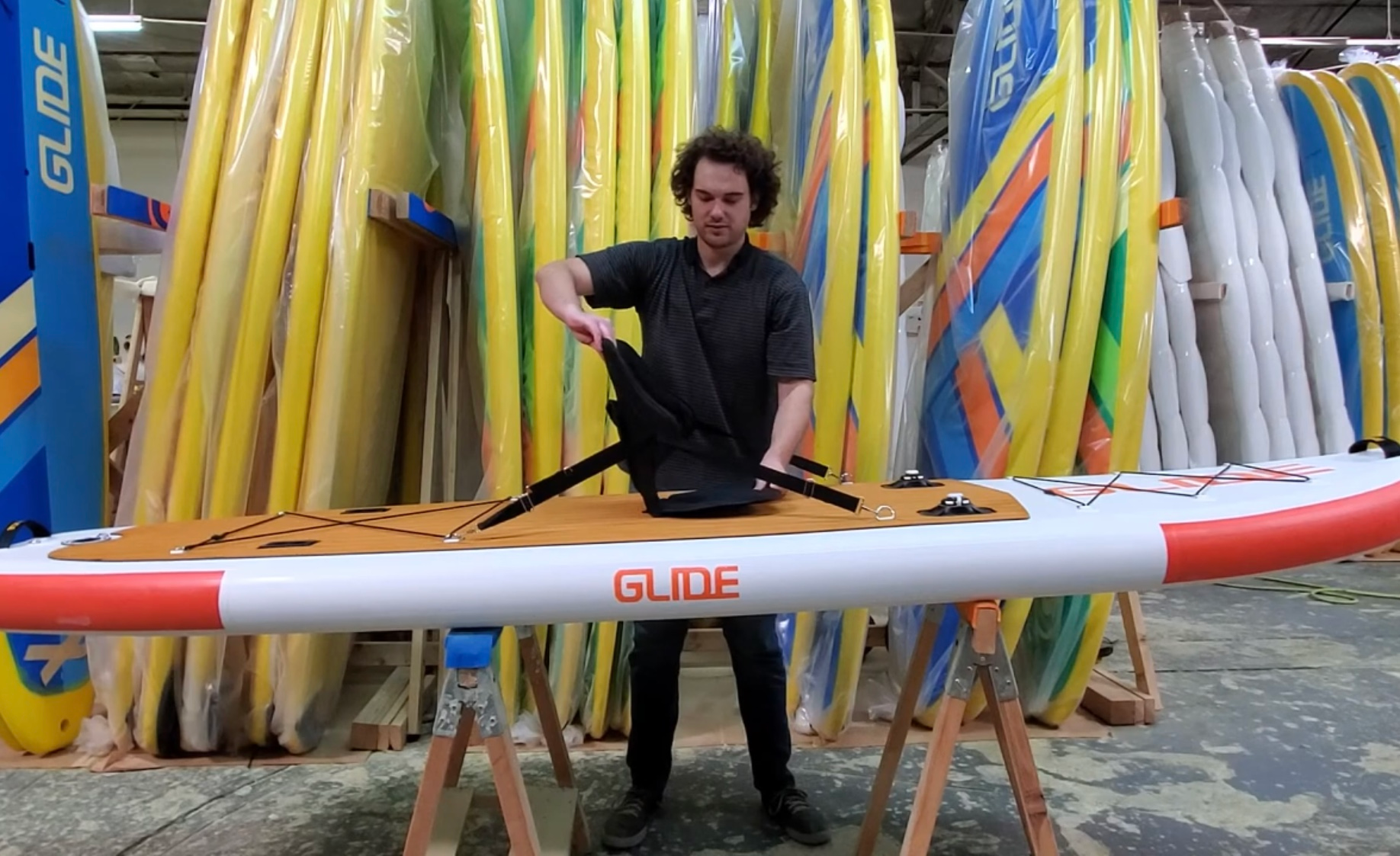
Conclusion: A Gateway to Versatility
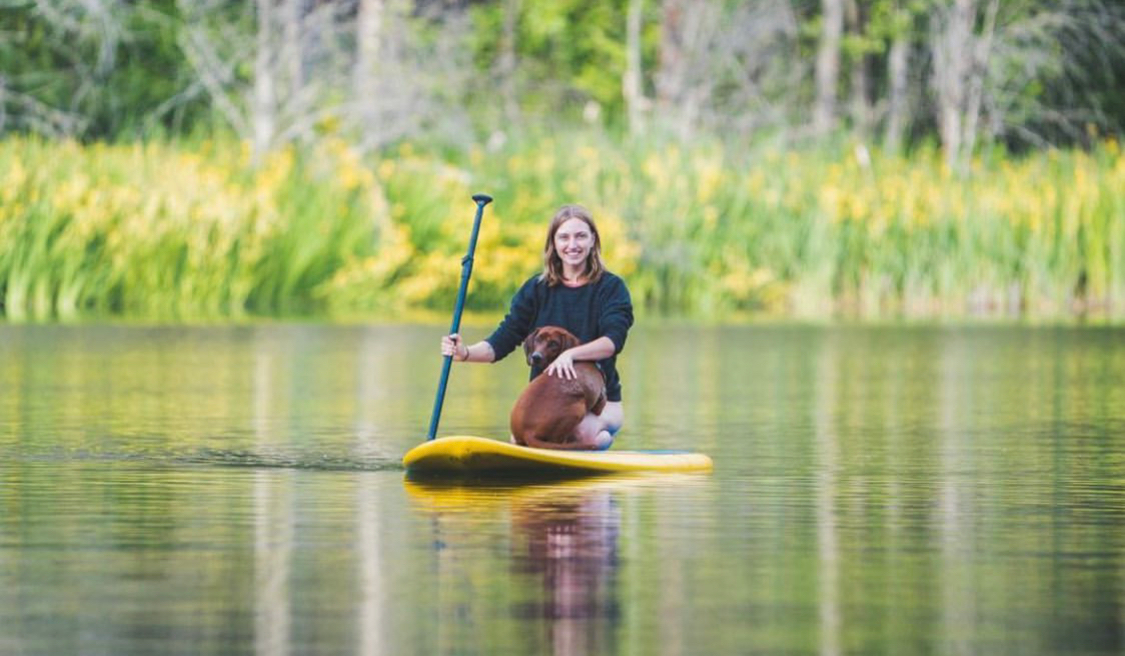
The kayak seat represents a significant innovation in paddle boarding, offering flexibility, comfort, and a new way to enjoy the water. Whether navigating calm lakes or coastal waves, the option to sit or stand empowers paddlers with more choices and greater endurance. As the sport continues to evolve, embracing such innovations ensures that SUP remains as dynamic and accessible as ever. Glide SUP remains at the forefront, championing these advancements and encouraging paddlers to explore the endless possibilities on the water.


